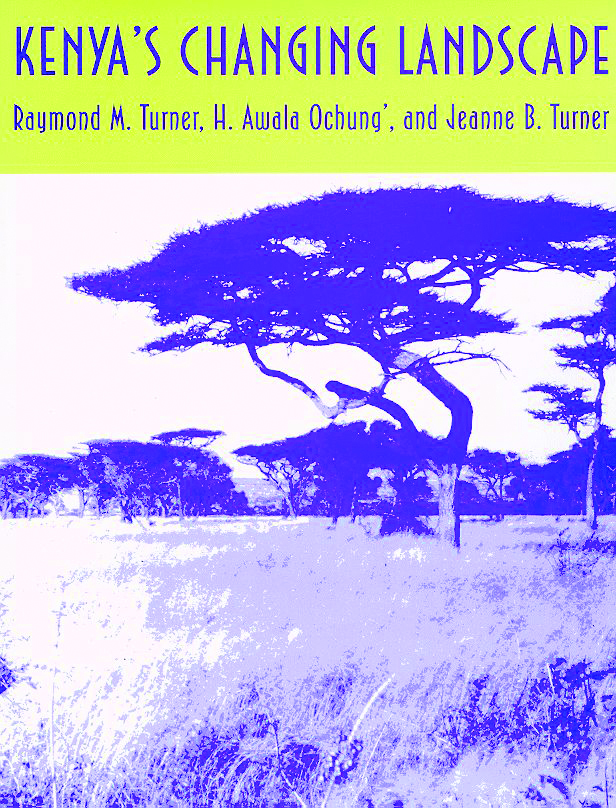Kenya's Changing Landscape
Ebook ($38.00)
Buy
Botanist Homer L. Shantz took photographs of the Kenyan landscape in the early 1920s as part of his effort to document the natural plant cover of Africa. He returned there with B. L. Turner in the late 1950s to repeat the photographs. In 1990, Raymond Turner traveled to Kenya under the auspices of the National Geographic Society in order to match the photographs made by Shantz and B.L. Turner and to show the changes that have occurred over the decades since Shantz's initial journey. Turner's comparative photos and research into the botanical record dramatically reflect the encroachment of woody plants in arid areas and the increasing human impact in more humid locales.
Turner's discussions of the photographs and the conclusions he draws provide an important reference for ecologists, geographers, botanists, and other researchers attempting similar studies. By documenting vegetation change in a region broadly similar climatically to North America's subtropical deserts and grasslands but different in its wildlife and its human culture, the book shows that the endpoints of landscape status are similar despite the vastly different histories of these two regions of the world.
Turner's discussions of the photographs and the conclusions he draws provide an important reference for ecologists, geographers, botanists, and other researchers attempting similar studies. By documenting vegetation change in a region broadly similar climatically to North America's subtropical deserts and grasslands but different in its wildlife and its human culture, the book shows that the endpoints of landscape status are similar despite the vastly different histories of these two regions of the world.
 The University of Arizona Press
The University of Arizona Press

